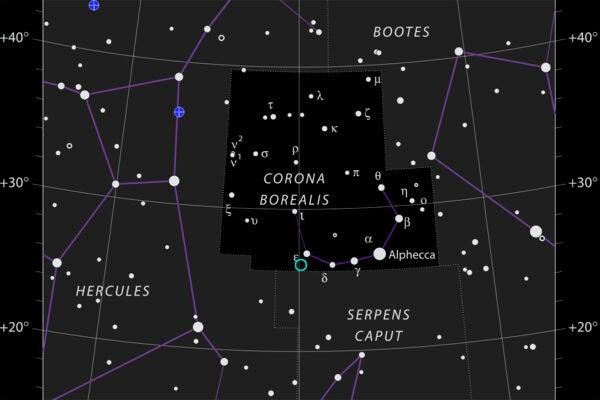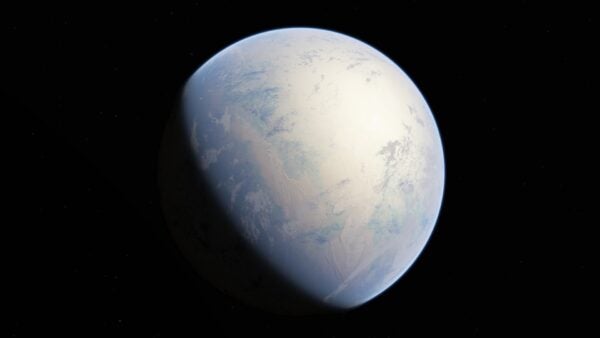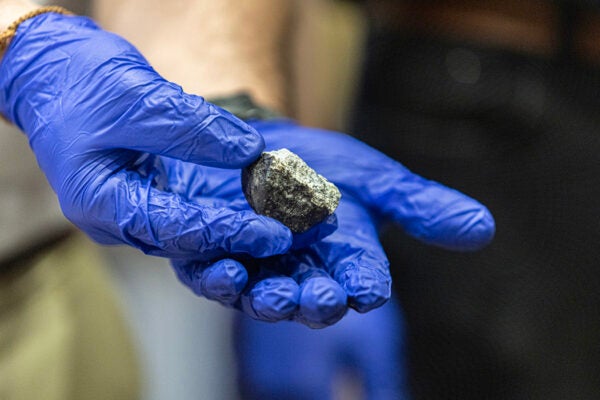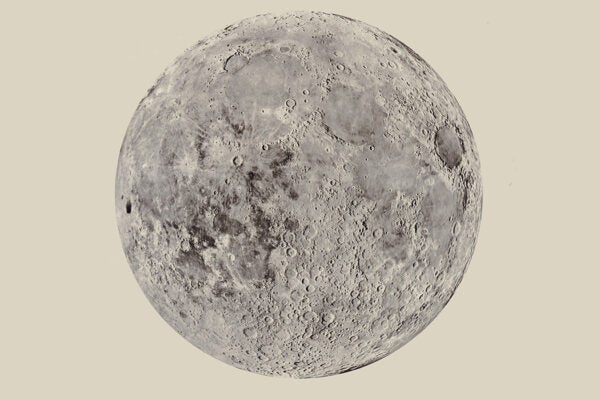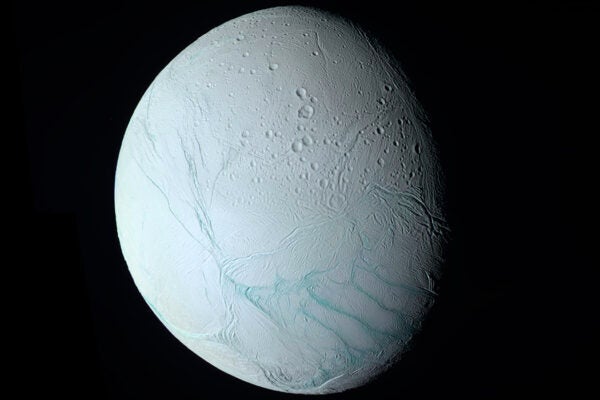“Follow the Salt”: A New Strategy for Finding Life on Mars
Scientists might be looking for Martian life in the wrong place.
John Birmingham’s Discovery of the Blaze Star
John Birmingham discovered T Coronae Borealis in the narrow window when astronomy flourished in nineteenth-century Ireland.
Snowball Earth
How scientists discovered that unique Scottish rocks record when Earth was first encased in ice.
Astronomers Have Warned against Colonial Practices in the Space Industry
A philosopher of science explains how the industry could explore other planets without exploiting them.
Finding Caves on the Moon Is Great. On Mars? Even Better.
The recent discovery of a large cave on the Moon highlights the importance of caves not just for future space explorers but astrobiology as well.
The Case of the Volcano on the Moon
In 1958, Soviet astrophysicist Nikolai A. Kozyrev claimed there was an active volcano on the Moon. Dutch American astronomer Gerard P. Kuiper begged to differ.
Meteorites from Mars
Meteorites that come from Mars help scientists understand the red planet’s interior.
Cassini’s First Years at Saturn
For many years, the Cassini probe to Saturn provided a stable research platform that scientists used to transform our understanding of the ringed planet.
Saturn’s Ocean Moon Enceladus Is Able to Support Life
This research team is working out how to detect extraterrestrial cells in the liquid water ocean hidden beneath Enceladus’s icy crust.

